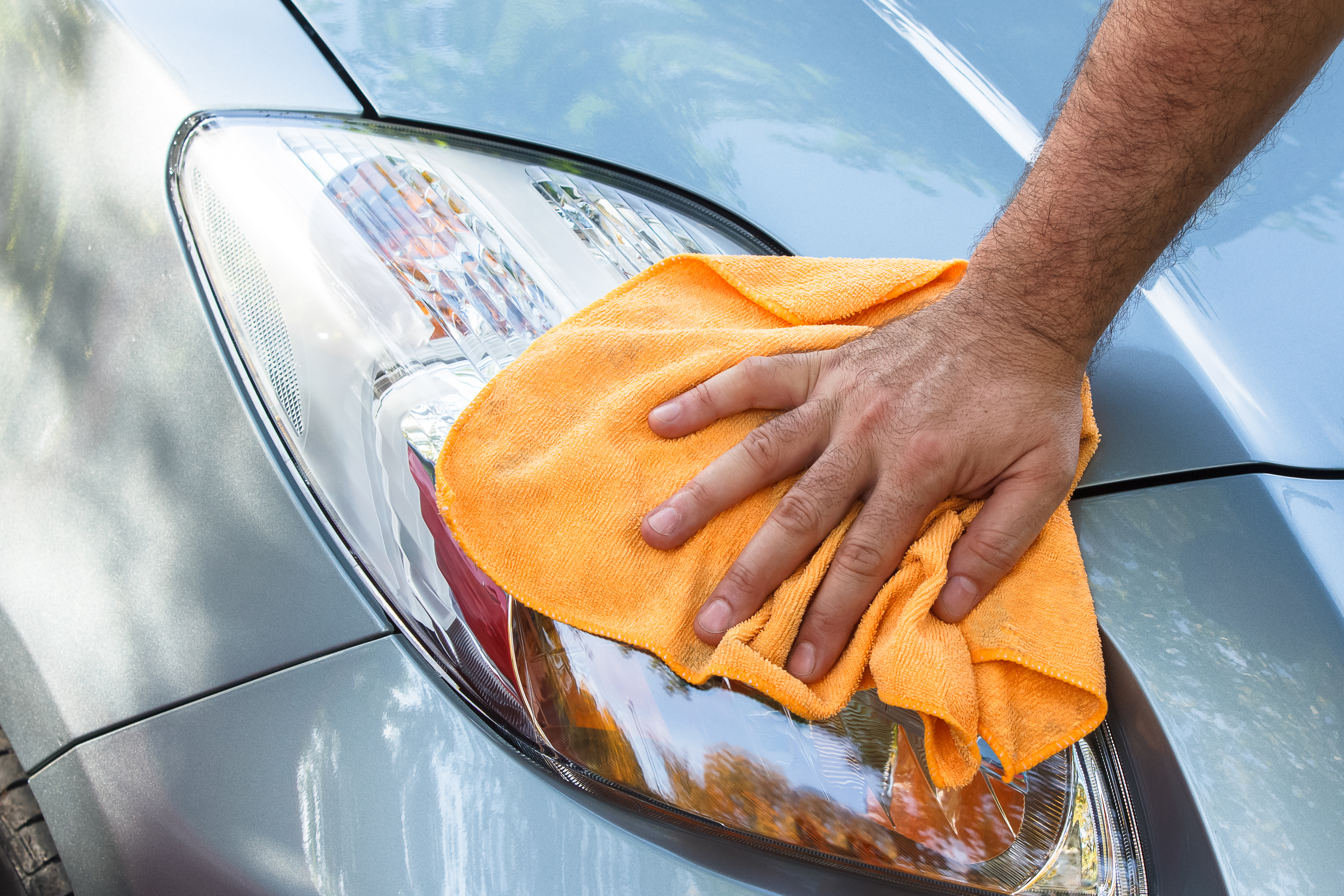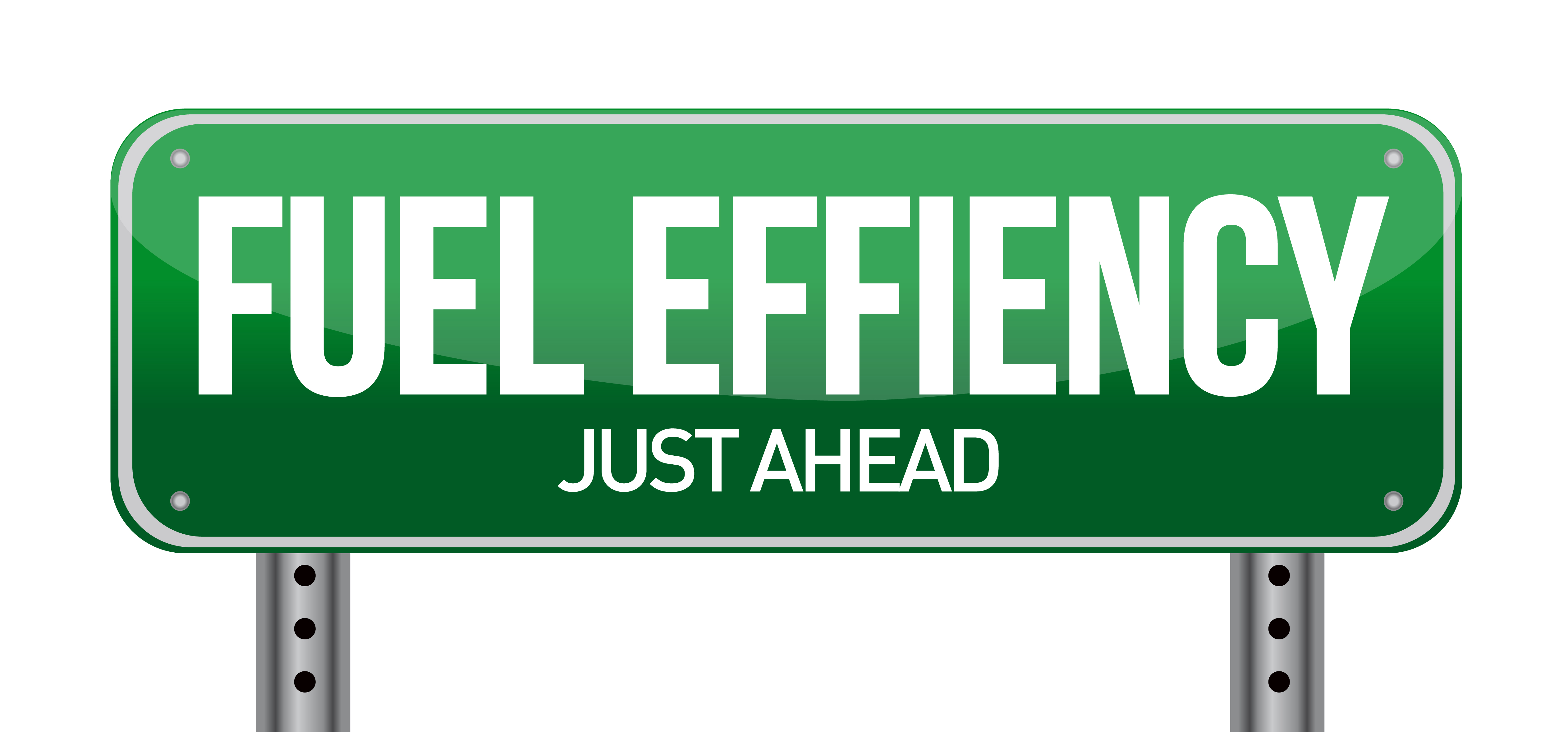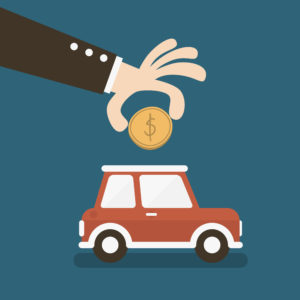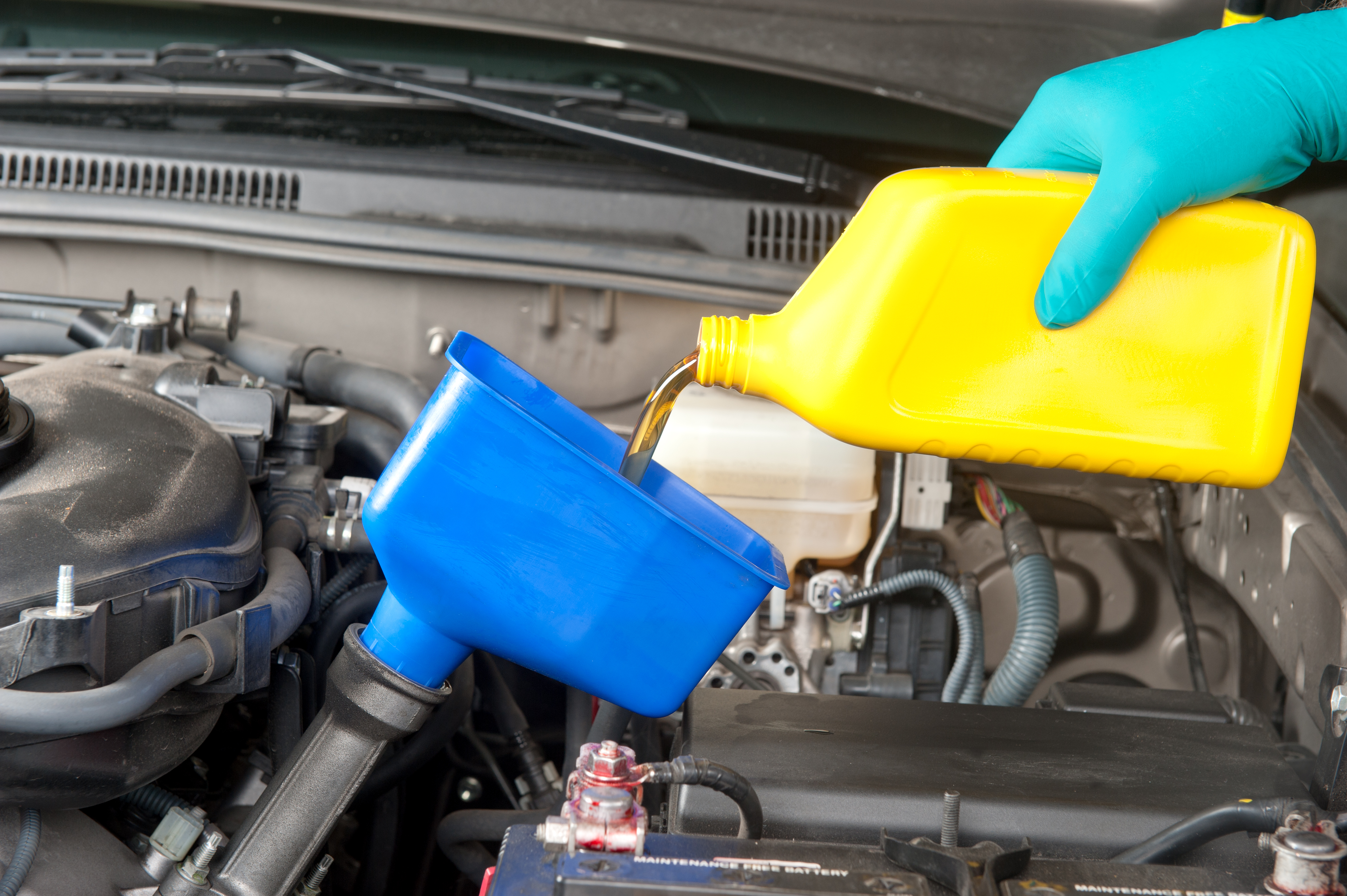Will the Insurance Company Replace My Vehicle After a Total Loss?
Car Value
Insurance companies will pay a vehicle claim based on the actual cash value of the vehicle or the replacement cost of the vehicle at the time of the loss. The actual cash value is what the car was worth based on its condition when the loss occurred, which is the depreciated value of the vehicle. Replacement cost is the amount it will cost to replace the car for a similar vehicle. Most insurance companies only pay the actual cash value of the vehicle. Policyholders must purchase replacement cost coverage to ensure the vehicle will be replaced in a total loss. Without this coverage, the insurance company is only required to pay for the car that was lost and not the cost to replace it.
Policy Guidelines
Automobile insurance is designed to bring a policy-holder to the state they were use to before the loss occurred. The insurance company will not replace an old vehicle for a new vehicle, nor will they expect the policy-holder to accept a vehicle of lesser value than what they had before the accident. For example, if an insured vehicle was ten years old and in fair running condition at the time of the accident, the insurance company is not required to replace the vehicle with a car that is five years old and in excellent running condition. The insurance company is only obligated to restore the policy-holder with a vehicle that is comparable to the one that was totaled.
Value Calculation
The value of the vehicle is usually based on the “blue book” value of the same vehicle model and year. In a total loss, the insurance company typically cuts a check for the blue book value of the vehicle to the insured or to a lien-holder if the vehicle is not paid off. Depending on the condition of the damaged vehicle, the blue book value at the time of the loss may or may not be enough to replace the car, in which case the policyholder may have to pay some money out of pocket to get another vehicle.
Considerations
If an insured vehicle has a lien and is totaled, the insurance company does not have to pay off the loan. In most cases, the value of the vehicle is not enough to cover the loan amount. An insured person may purchase gap insurance to cover the amount between what the car is worth and what is owed on the car. For example, a policyholder owes $17,000 on her vehicle that is two years old. The vehicle is totaled but the value of the car is only $15,000 at the time of the loss. The insurance company will only pay $15,000 because that is all the vehicle is worth. With gap coverage, the insurance policy will pay the additional $2,000 to pay off the loan.
Quick Money Savings Tip For Safe Drivers
There are dozens of auto insurers – Which one will give you the best rate?
Step 1) Choose your vehicle make below.
Step 2) On the next page, complete the 4 minute questionnaire, and you'll have the opportunity compare the best rates in your area.
Step 3) Keep more money and possibly save hundreds!










